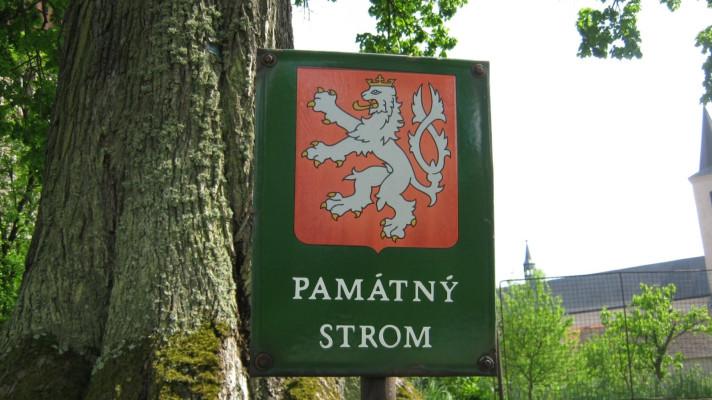Ostrovu Lampedusa se přezdívá "brána do Evropy". Tento největší z Pelagijských ostrovů leží ve Středozemním moři. V nejvyšším bodě dosahuje nadmořské výšky 133 m a je zároveň ze všech italských ostrovů nejblíže severoafrickému pobřeží. Je vzdálený 205 km od Sicílie a 103 od Tuniska. Má jen něco málo přes šest tisíc stálých obyvatel. Na moři nedaleko ostrova je častý výskyt delfínů.
K prvnímu osídlení ostrova došlo již v prehistorických dobách, jak o tom svědčí nálezy z doby bronzové a některé megalitické stavby. V římském období byl ostrov známý pod jménem Lopadusa a stal se svědkem námořní bitvy mezi Araby a Byzantinci. Po dlouhou dobu neměl ostrov stálé obyvatele a byl osídlen zase až za doby Ferdinanda II. Během druhé světové války to bylo místo cvičení spojeneckých vojsk a v době mezinárodní krize (4. ledna 1989) na něj dopadly libyjské řízené střely.
Jediné město, které stojí za zmínku, je Lempedusa se svým přístavem. Pobřeží ostrova tvoří strmé skalnaté útesy a povrch je pokryt typickými středomořskými křovisky. Obyvatelé se živí většinou rybolovem a sběrem mořských hub. Zemědělství je zde velmi obtížné vzhledem k nedostatku vody.
Itálie: Lampedusa (součást Isole Pelagie) - chráněná mořská oblast
| Lampedusa |
| The island of Lampedusa is situated between 35 29' 28'' and 35821'39''north latitude and 12830'54'' and 12837'55''east longitude , with a distance of about 115 km from the coast of Tunisia in northern Africa, 141 km from the island of Pantelleria, 150 km from Malta and 195 km from Sicily. It takes the form of a long, straight triangle with it's acute angle to the west (Capo Ponente) and the base to the east where it stretches into the sea with three headlands (Capo Grecale, Punta Parrino and Punto Sottile).It's greatest width is 11 km (W-E), it's smallest being 3.7 km (N-S). It has the form of a type of plateau, whose altitudes comprise between 80 and 100 m s.l.m.; the highest point is found at Alberto Sole (133 s.l.m.) Lampedusa's surface is about 2,020 ha, relatively uniform, and is slightly inclining: the most elevated area corresponds to the northern coast, forming a continuous cliff and slowly declining toward the south. The western coast is very busy with a series of inlets: Vallone dell'Acqua, Vallone Profondo, Vallone Forbice, Vallone dello Scoglio, Vallone della Tabaccara, Vallone Galera, Vallone Madonna, Vallone Imbriacole. Etched into the sub-horizontal rock layers, these canyons give splendid alternations between steep cliffs and rather profound small, sandy, inset beaches such as: Cala Pulcino, Spiaggia dei Conigli, Cala Galera, Cala Madonna, as well as a system of port beaches. Other inlets observed along the eastern coast are Cala Creta, Cala Pisana, Cala Uccello Cala Parrino, ecc. Lampedusa, like many other Mediterranean islands, possesses a true center of exceptional biodiversity.Various factors contribute to characterize the very diverse flora and fauna species: paleography, distance from the continent, size, substrate, geology and morphology. The island, many times over, represents an important refuge, specifically for many native tertiary species that have survived climate changes and the introduction of foreign plant species. The flora, in spite of strong impoverishment due to the phenomenal isolation of the island, has thrived. Many diverse species have been introduced by man over many periods.Lampedusa offers today, after the heavy transformations of the Barboni from 1843 when deforestation began and relentless changes in the biophysical characteristics of the island, a land of bare, white, rocky expanse, where unique herb species take root and progressively adapt to the difficult environmental conditions. Nevertheless, Lampedusa retains many elements of great importance in nature, calling for the institution of a Regional Reserve to protect the vast southern coast, and to safeguard the most precious and characteristical flora, fauna and vegetation. Today on Lampedusa agricultural activity is almost lost, except for the areas around Cala Madonna and the Imbriacole Valley, where you can find some sporadic fruit and vegetables, or in Terravecchia, where some dry seeds exist. + On the island a rather strong swine-sheep pasture remains.Here and there it assists a revival of some pre-deforestal vegetation. .jpg) .jpg) |
ZDROJ: http://www.isole-pelagie.it, http://italie.adrialand.com
Sdílet článek na sociálních sítích
